Most of Europe shivers under gray skies and freezing temperatures, but I just grab my light jacket and sunglasses for Sicily. This Mediterranean gem gives me a perfect winter escape—mild weather, loads of sunshine, and barely any tourists.
Sicily’s Mediterranean climate keeps it pleasantly warm in winter, with temperatures rarely dropping too low. It’s honestly the best place for winter sun in Europe, at least for me.
My love for winter in Sicily started three years ago when I wandered into Palermo’s lively markets in December. The island becomes a whole different paradise in winter—one where you can explore ancient Greek temples without sweating or dodging crowds.
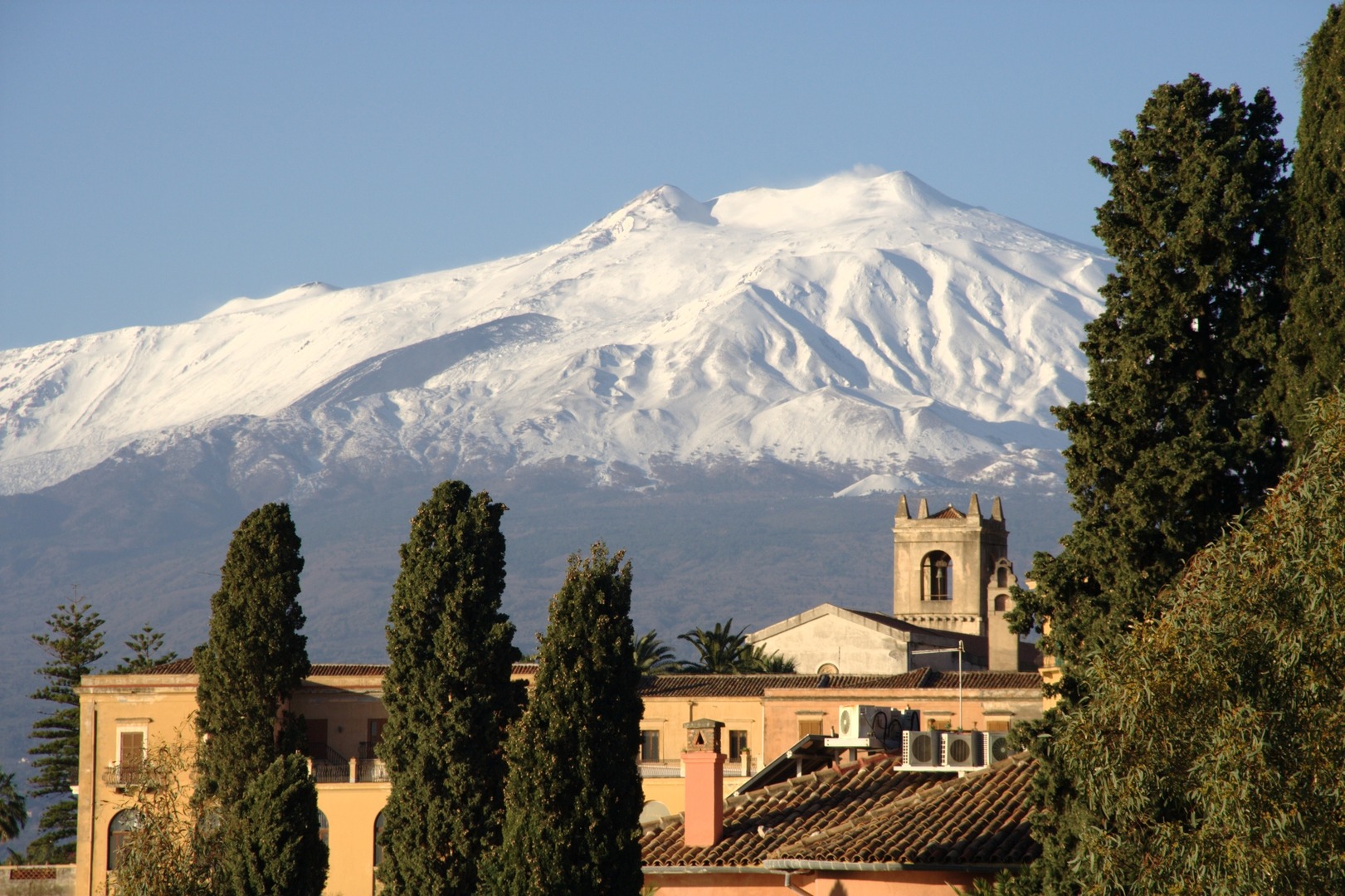
Winter sun bathes Sicily in this golden light that photographers dream of. It sets the stage for both sightseeing and those slow, quiet moments at little cafés.
Walking through Sicily’s charming towns in January feels like stumbling onto a secret that summer travelers totally miss. Local restaurants welcome you in, serving up seasonal specialties at prices that make peak season look silly.
The water’s too chilly for swimming, sure, but coastal walks along empty beaches more than make up for it. The views are spectacular and the sea breezes are so refreshing.
Why Sicily Stands Out for Winter Sun
When most of Europe turns cold and gray, Sicily offers a pretty unbeatable escape. I’ve found this Mediterranean island delivers reliable sunshine and comfortable temperatures right when I need them most.
Consistently Mild Winter Temperatures
Sicily’s winter days rarely drop below 50°F (10°C), so it feels surprisingly comfortable compared to northern Europe. Last February, I walked around in just a light jacket for most of the day.
Nights cool down to about 45°F (7°C), but that’s still much milder than most European destinations. The Mediterranean Sea helps buffer the island from harsh winter chills.
I’ve noticed the temperatures shift a bit across the island. Coastal cities like Palermo and Catania stay warmer, while the hills and higher elevations get a little cooler. Nowhere in Sicily comes close to the freezing winters you find up north.
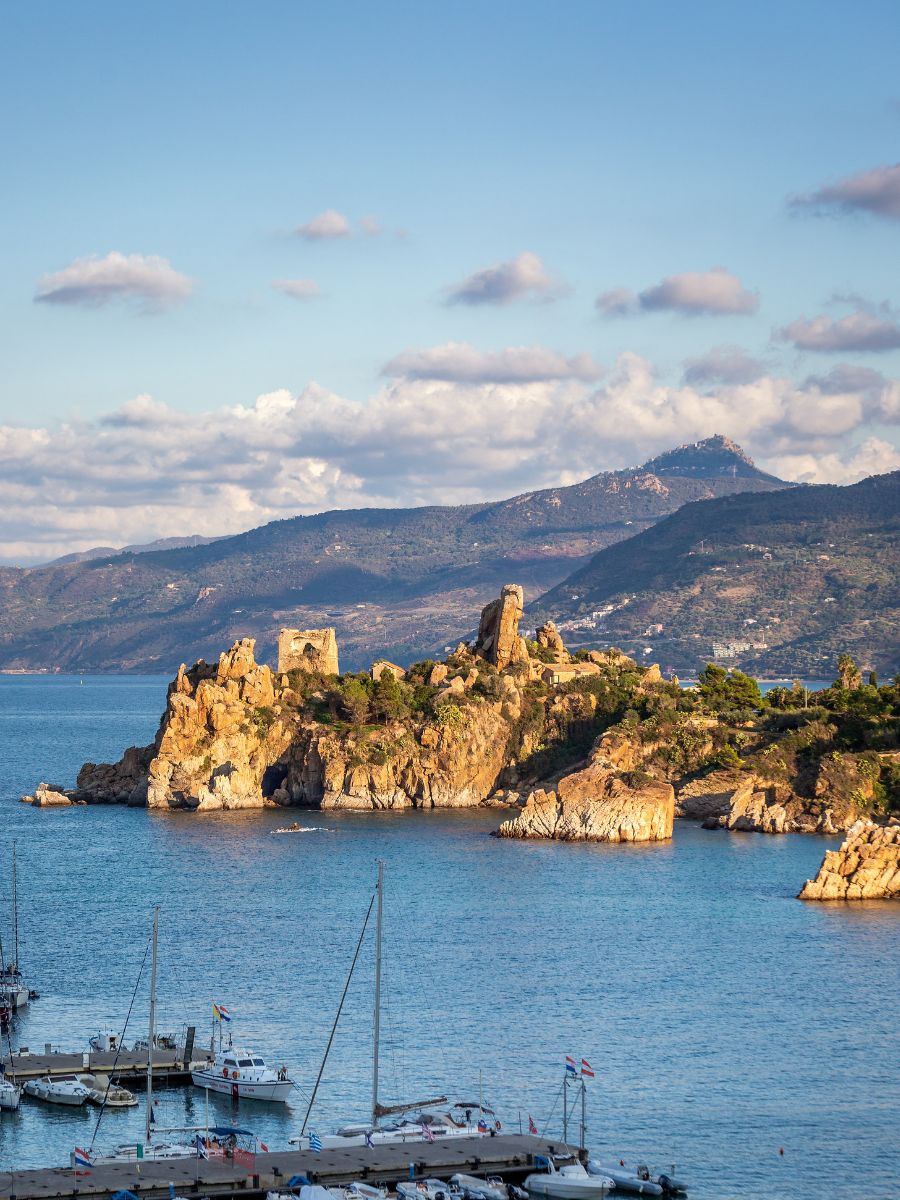
Abundant Sunshine and Mediterranean Climate
Sicily gets about 5-6 hours of sunshine even in the depths of winter. On my January trip, I saw bright, clear skies on eight out of ten days. That kind of consistency keeps me coming back.
The Mediterranean climate means rain usually comes in short bursts, not endless drizzle. When it does rain, it clears up fast, leaving everything fresh and bright.
The island’s microclimate comes from a few things:
- Mediterranean Sea—keeps temperatures steady
- African proximity—brings in warmer air
- Mountain protection—blocks out harsh winds
This combo makes Sicily, in my opinion, Europe’s most reliable winter sun spot. I love how the sea stays a striking blue even in December and January.
Comfort and Relaxation in the Off-Season
Winter in Sicily lets you enjoy world-class sights without the summer crowds. I wandered through the Valley of Temples in Agrigento last January and had the place almost to myself.
Restaurants and cafés feel more relaxed, and locals actually have time to chat and share stories about their island. Many hotels drop their rates in winter, so you can snag some luxury for less.
Exploring cities like Palermo and Syracuse is so much easier when you’re not sweating or freezing. I can wander for hours in comfort.
Beach areas stay peaceful, and while I’m not brave enough to swim, walking along the coast is pure joy. The winter light is perfect for photos, and Mount Etna often shows off its snow-capped summit against a clear blue sky—a classic Sicily scene.

How Sicily Compares with Other European Destinations
When I look for winter sun in Europe, Sicily stands out with its mild weather, rich culture, and surprisingly affordable prices. After checking out a bunch of other winter sun spots, I keep coming back to Sicily for its unique mix.
Sicily Versus Canary Islands, Madeira, and Azores
The Canary Islands always pop up first for European winter sun, with Lanzarote’s steady 20°C days in January. But Sicily gives me something the Canaries just can’t—real Italian culture with my winter warmth.
The Canaries might be a couple degrees warmer, but Sicily still sits at a pleasant 15-18°C in winter.
Madeira is lush and great for hiking, but Sicily’s history is just so much richer and more varied.
The Azores have their volcanic charm, but they get way more rain than Sicily in winter. I’d rather have clear days for exploring ancient temples.
Temperature Comparison (Average January)
| Destination | Day Temp (°C) | Rainfall (mm) |
|---|---|---|
| Sicily | 15-18 | 70 |
| Canaries | 18-21 | 25 |
| Madeira | 17-19 | 110 |
| Azores | 16-17 | 120 |
Comparisons With Algarve, Cyprus, and Malta
The Algarve in Portugal has beautiful beaches and golf, but winter there usually runs a bit cooler than Sicily. Plus, those Atlantic winds can make Portuguese days feel colder.
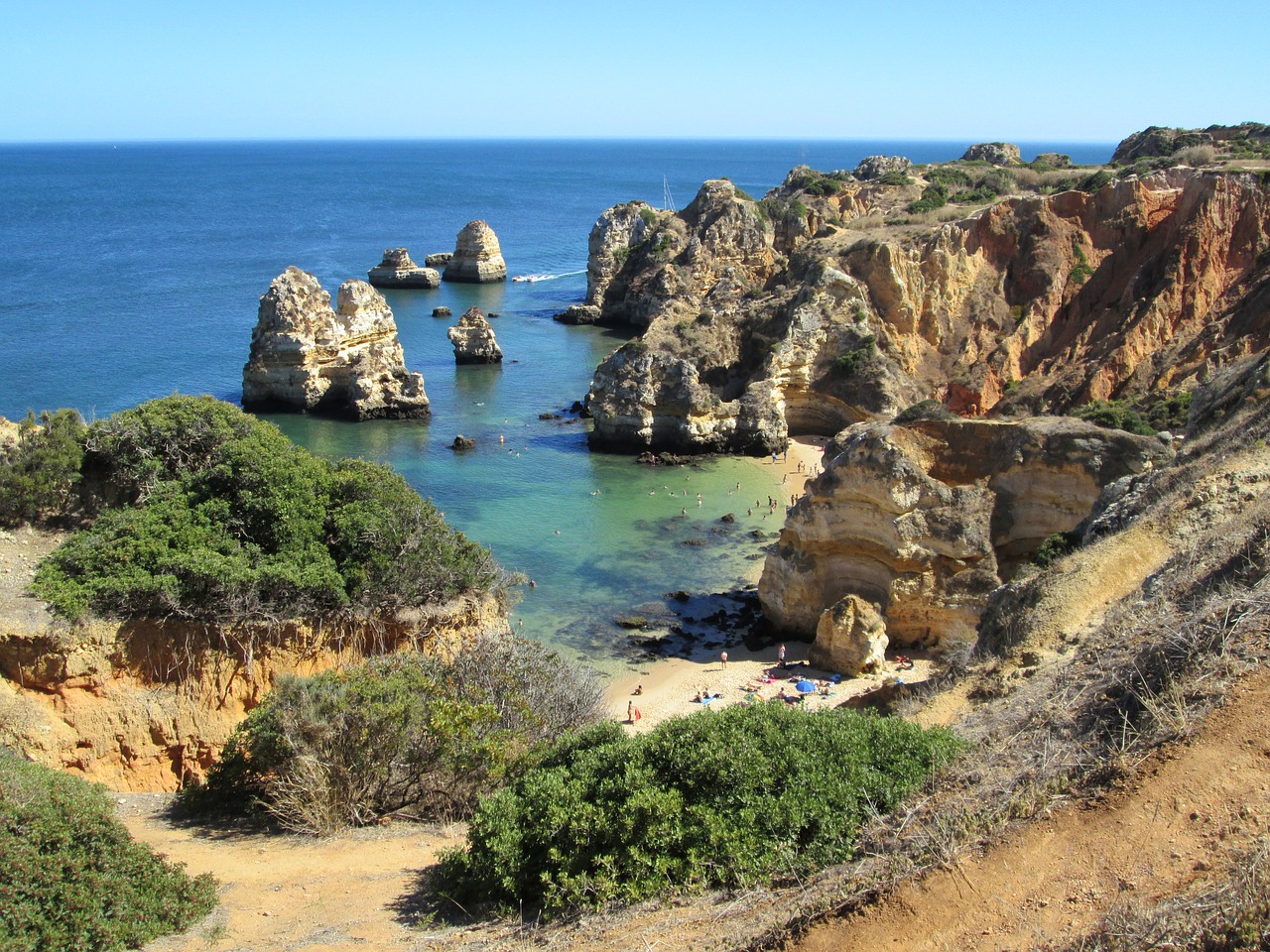
Cyprus, especially around Paphos, matches Sicily for winter temps. Both hover around 16-17°C in January, but I just prefer the food and culture in Sicily.
Malta is compact and everyone speaks English, so it’s easy for tourists. But Sicily wins me over with its wild variety—Mount Etna, sandy beaches, rolling hills—all just a short drive apart.
What really sets Sicily apart is the genuine local vibe. Even in winter, I find myself living Italian life, not just hanging out in tourist zones.
Other Mediterranean Hotspots: Spain, Greece, and Turkey
Mainland Spain, especially the Costa del Sol, offers winter sun, but it’s usually a few degrees cooler than Sicily in January. Andalucia is beautiful, but sometimes it feels a bit conservative and not as open to different diets.
Most Greek islands basically shut down in winter—restaurants close, attractions close, and the mainland gets much colder than Sicily.
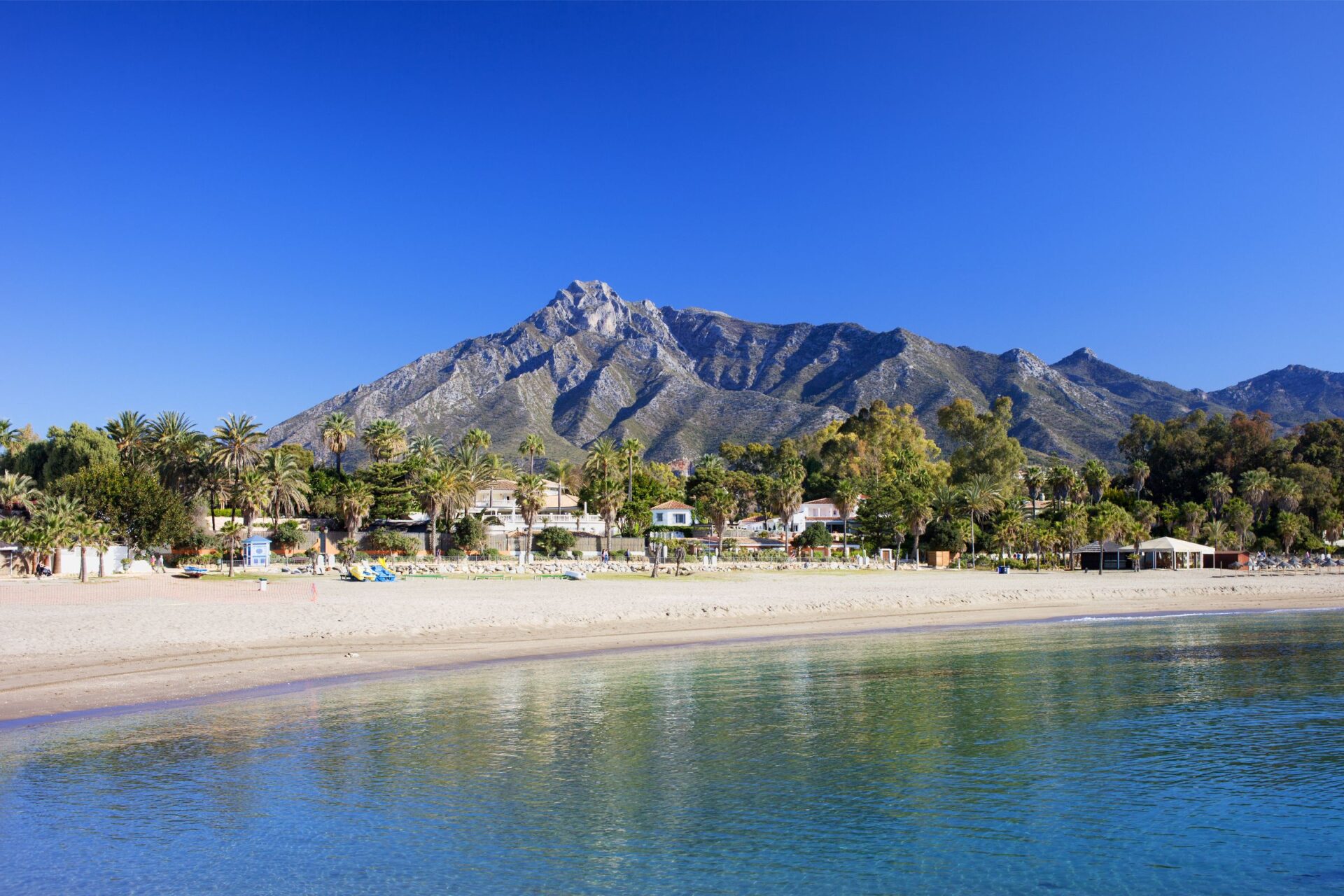
Turkey’s southern coast near Antalya has similar winter temperatures, but Sicily is just easier to reach, uses the euro, and honestly, I feel more at home with the Italian culture.
Egypt is Sicily’s non-European rival, with winter days around 22-24°C. But I stick with Sicily when I want sun and that comfortable, familiar European feel.
Natural Beauty and Unique Outdoor Experiences
Sicily’s landscape offers a refreshing break from winter gloom. The island mixes gorgeous coastlines, mountain trails, and charming villages that you can actually get to, even in the cooler months.
Stunning Beaches and Coastal Escapes
I love walking Sicily’s beaches in winter when tourists disappear. The Mediterranean is too cold for a swim, but the views are just as stunning.
San Vito Lo Capo, with its white sand and turquoise water, is my favorite. Even in January, I’ve had picnics here with just a light jacket.
Cefalù’s beach gives you a medieval town backdrop—makes for some amazing photos.
Mondello Beach near Palermo goes quiet in winter. I like strolling its long stretch, grabbing a hot drink at a café, and watching locals fish.
Winter brings wild seascapes to Sicily’s shores. The black volcanic beaches near Catania contrast beautifully with the blue sea—perfect for slow walks and a bit of photography.
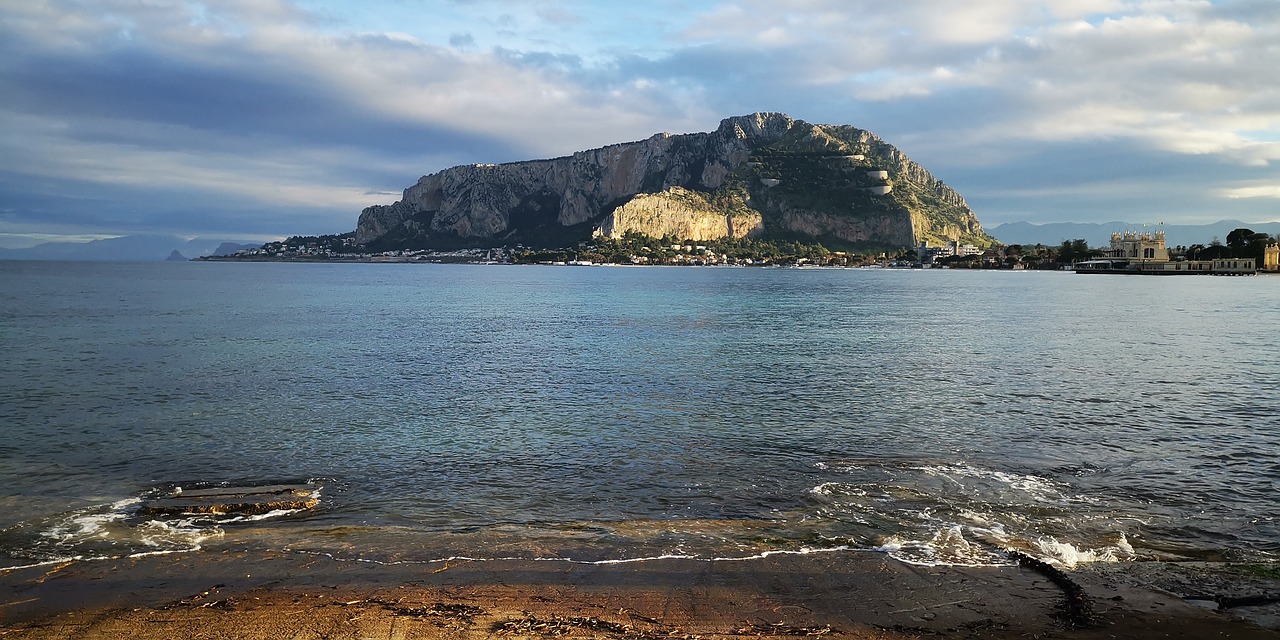
Spectacular Hiking Trails and Countryside
Hiking in Sicily during winter is my little secret. The temps (usually 50-60°F) are ideal for trails that would be way too hot in summer.
Mount Etna in winter is surreal. I’ve hiked its slopes with a guide, taking in the bizarre mix of snow and black volcanic rock. The views stretch forever.
Zingaro Nature Reserve stays open all year. Its coastal trails wind through Mediterranean plants and give you epic sea views. I’ve even spotted rare birds here in winter.
After the winter rains, Sicily’s countryside turns shockingly green, especially around Noto and Syracuse. Wildflowers start popping up by late winter, and I’ve snapped tons of photos of olive groves against the fresh green hills.
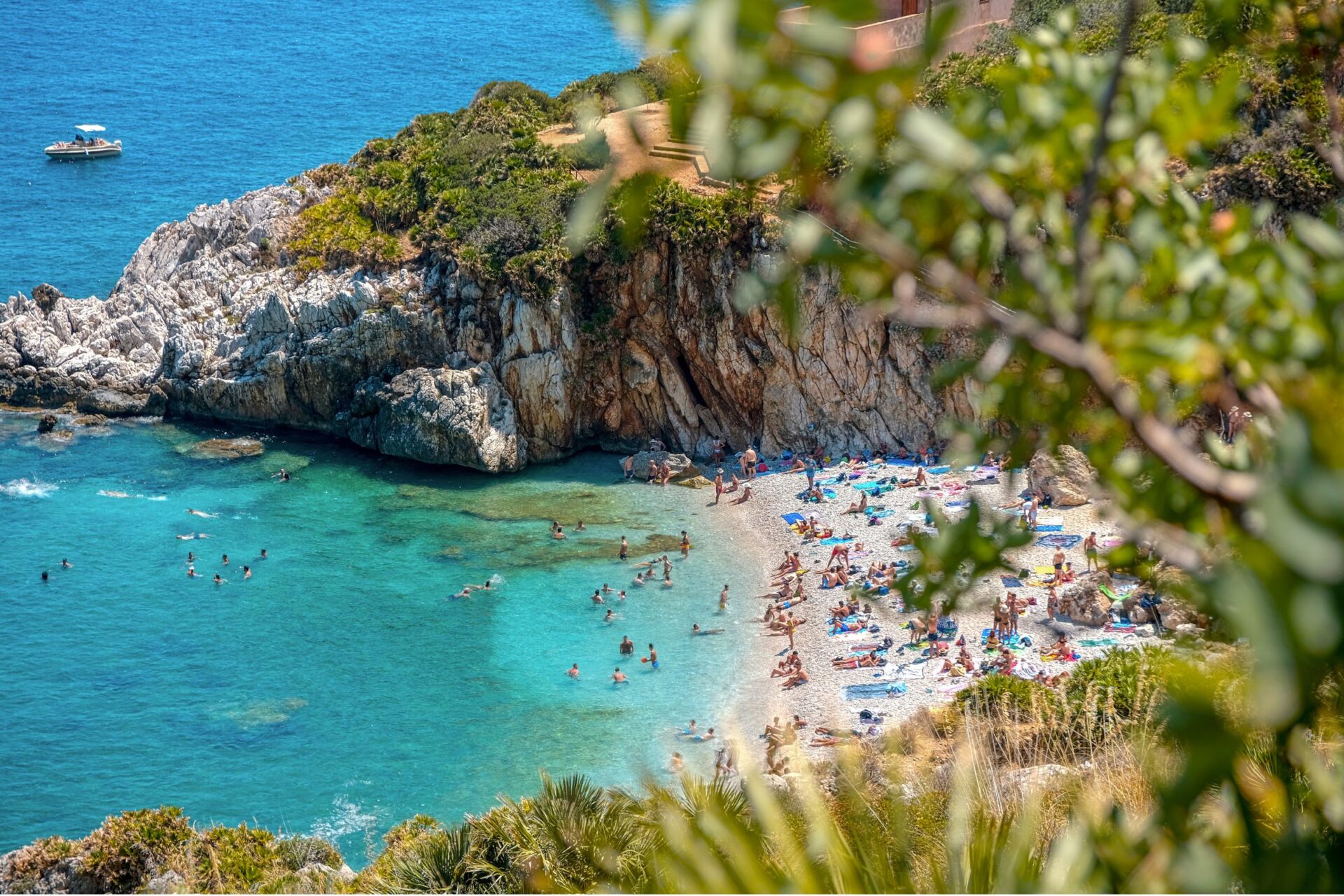
Sightseeing, Romance, and Authentic Sicilian Charm
Sightseeing in Sicily during winter means no lines and more local flavor. The Valley of Temples in Agrigento glows in the soft winter light, and I’ve had these ancient ruins almost all to myself.
For romance, sunset at Taormina’s ancient theater is hard to beat. My partner and I have watched Mount Etna and the bay below, just the two of us. Afterward, we warm up with hot chocolate in near-empty cafés.
Sicily’s real charm comes out in winter. In Modica, I watched chocolate artisans at work, and they actually had time to explain their craft—something that never happens in summer.
Winter festivals show off true Sicilian culture. I’ve joined the Almond Blossom Festival in Agrigento (February) and celebrated Saint Agatha in Catania, where locals invited me right into their traditions.
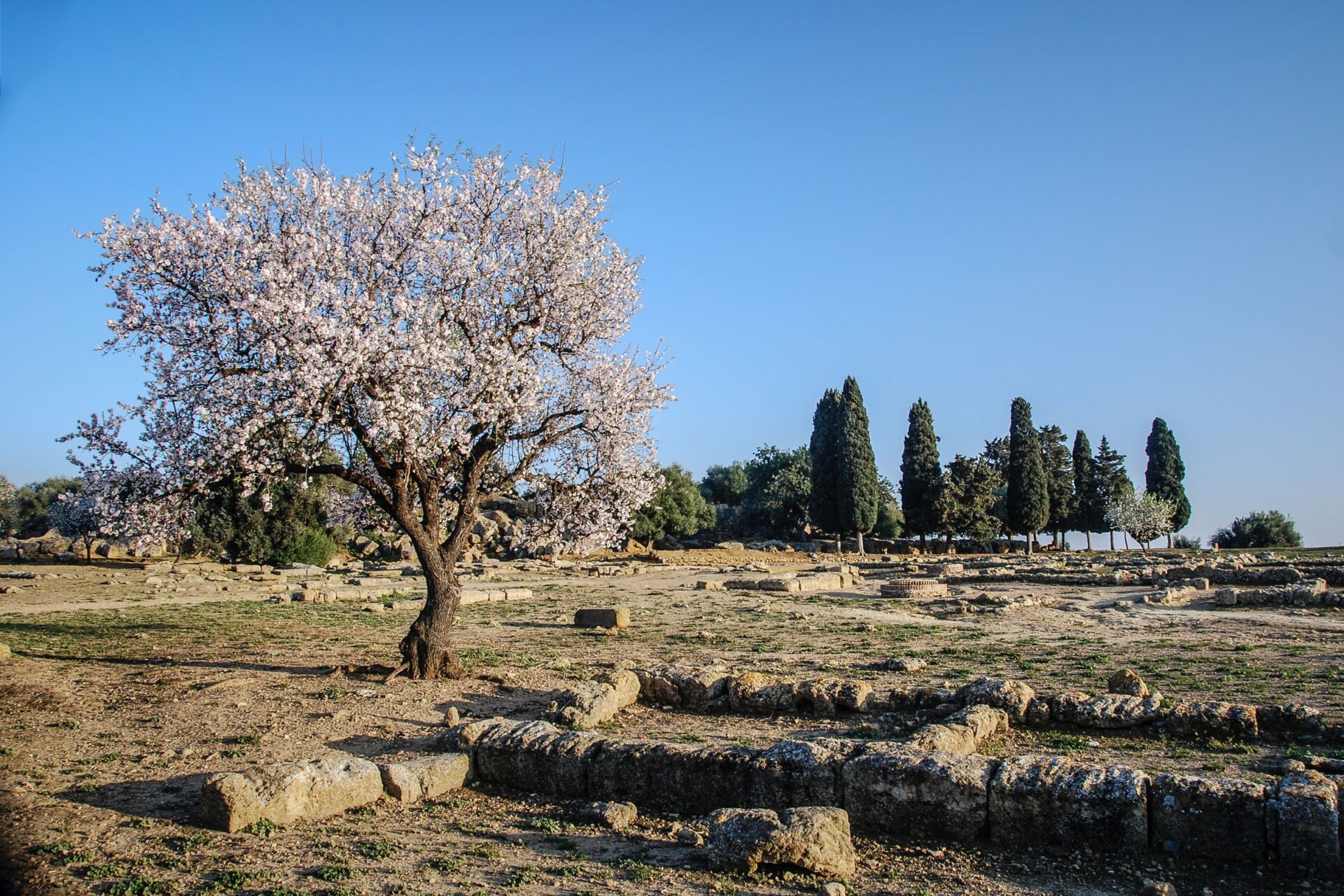
Culinary Adventures: Why Sicily Is a Paradise for Foodies
Sicily’s winter food scene is all about comfort and tradition. The island turns into a food lover’s dream when the weather cools, with hearty dishes and fresh seasonal ingredients that show off its rich food heritage.
Traditional Sicilian Cuisine in Winter
When I escape to Sicily in winter, the food honestly becomes the highlight of my trip. The kitchens serve up warming plates that fit the season perfectly.
I’ve fallen for pasta con le sarde—pasta with sardines, wild fennel, pine nuts, and raisins. It’s a sweet-savory combo you won’t find anywhere else.
Arancini—those golden, fried rice balls—are my go-to street snack. Filled with ragù, peas, and cheese, they keep me warm as I wander ancient streets.
For ultimate comfort, I hunt down caponata, a sweet and sour eggplant dish with roots in Sicily’s Arab past. The winter version gets heartier, with bolder flavors.
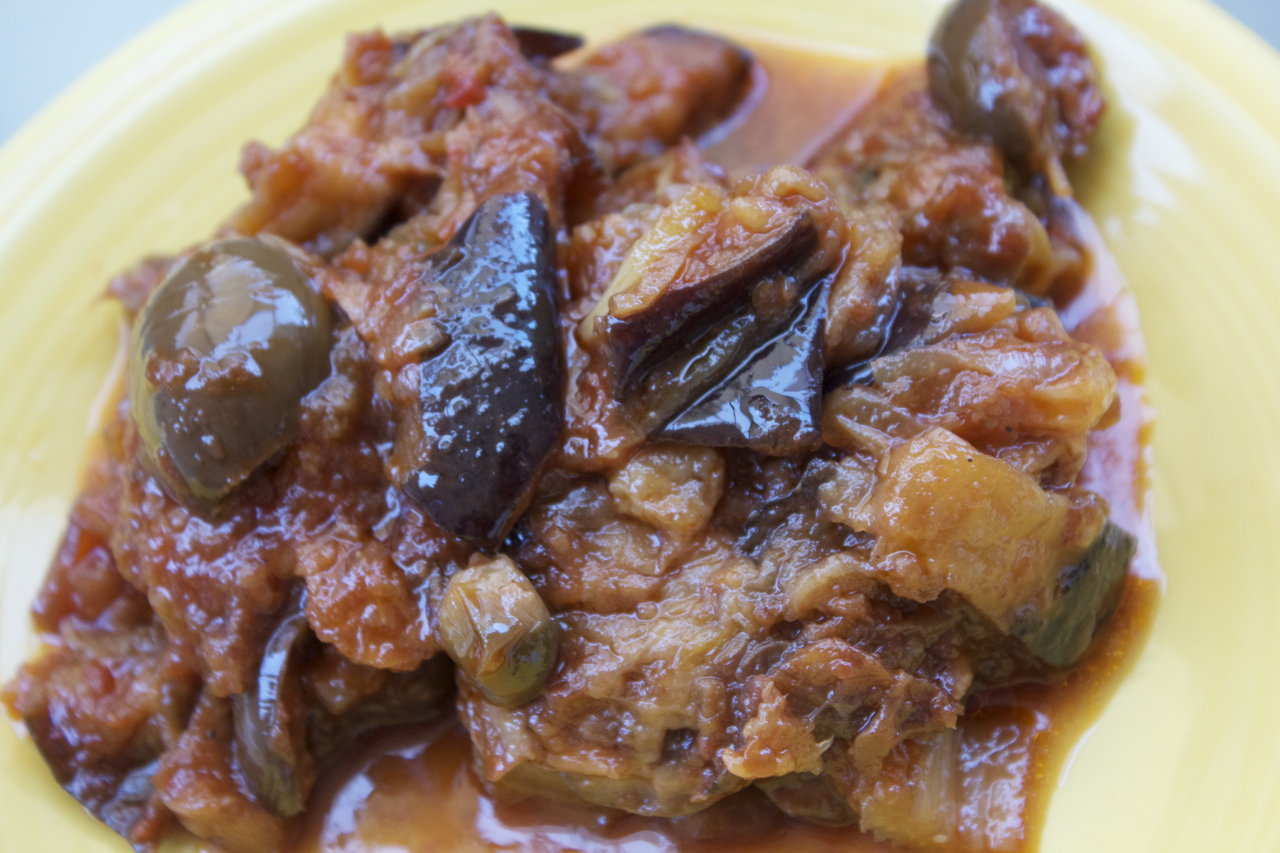
Image Source: Wikimedia Commons
Winter Markets and Seasonal Local Produce
Sicily’s winter markets burst with color. Blood oranges—Sicily’s famous winter fruit—are everywhere from December to March. I spend mornings sipping fresh juice while watching locals haggle for the best ones.
The markets show off:
- Winter veggies: wild fennel, artichokes, cardoons
- Citrus: blood oranges, mandarins, lemons
- Nuts: almonds, pistachios, hazelnuts
- Seafood: fresh-caught, always changing with the season
I love watching older women pick out artichokes, then show me how to choose the perfect one. After a few visits, the vendors recognize me and offer samples of local cheese or bread dipped in new olive oil.
Cultural Riches and Authentic Local Life
Sicily’s winter magic goes way beyond good weather and empty beaches. The island’s cultural life really comes alive during the cooler months, giving you a more genuine taste of Sicily than you’ll ever get in the summer rush.
Exploring Historic Cities and Villages
I love wandering through Syracuse’s ancient streets in winter. The golden limestone buildings just seem to glow in that soft winter light, and I don’t have to dodge summer crowds blocking the view.
In Palermo, I can actually appreciate the wild mix of Arab, Norman, and Baroque architecture. No need to jostle for space—finally, there’s room to breathe.
The famous Valley of Temples near Agrigento feels like a peaceful historical playground in winter. It’s nothing like the hot, crowded experience you get in peak season.
Winter lets me chat with locals in small villages like Erice and Ragusa. Shopkeepers often have time for a real conversation, sometimes even inviting me in for coffee or a taste of what they’re selling.
Being able to explore at my own pace just makes winter sightseeing in Sicily’s UNESCO sites so much more rewarding. I can’t imagine rushing through them in the summer heat.
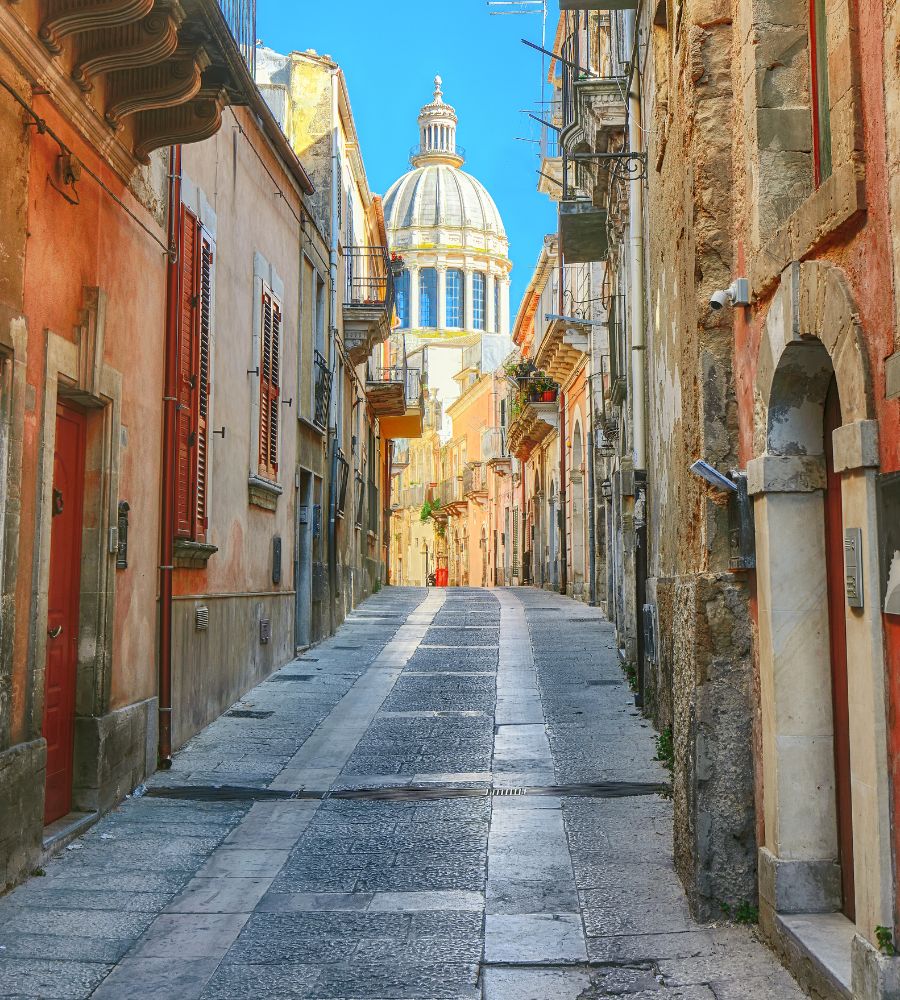
Festivals and Events Unique to the Sicilian Winter
Winter in Sicily brings out some of Italy’s most fascinating cultural celebrations. In February, Agrigento hosts the Almond Blossom Festival. Locals put on folk performances and lively parades to welcome the first blooms of spring.
I’ve actually tried to time my visits with Santa Lucia Day (December 13th). On that day, people in Syracuse honor their patron saint by carrying torches through the streets. Instead of bread, everyone digs into traditional arancini—it’s a quirky but delicious twist.
But honestly, nothing tops the Carnival celebrations in February. Towns like Acireale and Sciacca go all out with wild floats, masked parades, and street performers popping up everywhere. The whole atmosphere just crackles with excitement.
Sicily’s Christmas markets bring out authentic local crafts that make for perfect gifts. I’ve picked up gorgeous handmade ceramics, olive wood carvings, and some local treats—without the steep tourist prices you see in summer.

